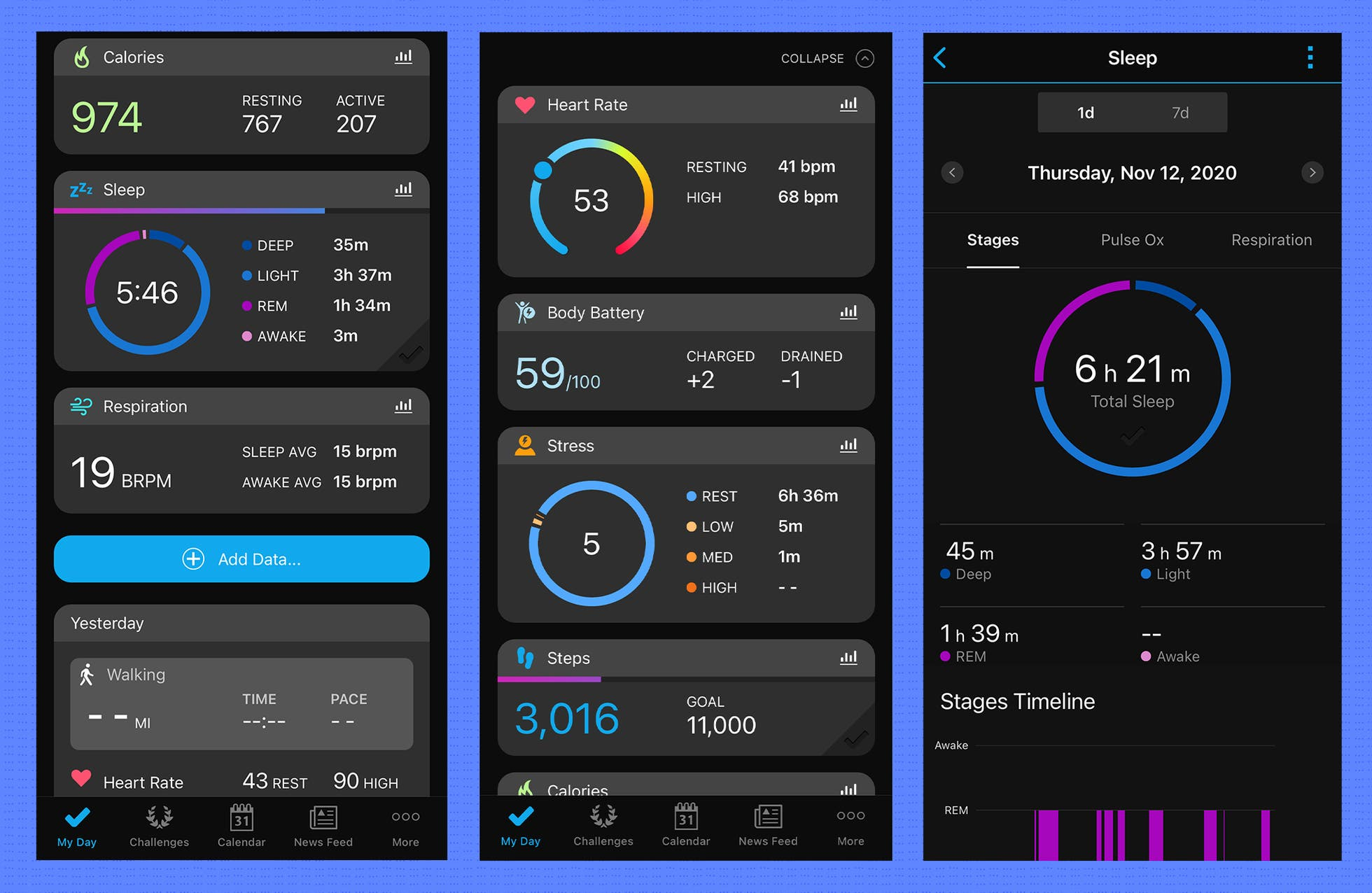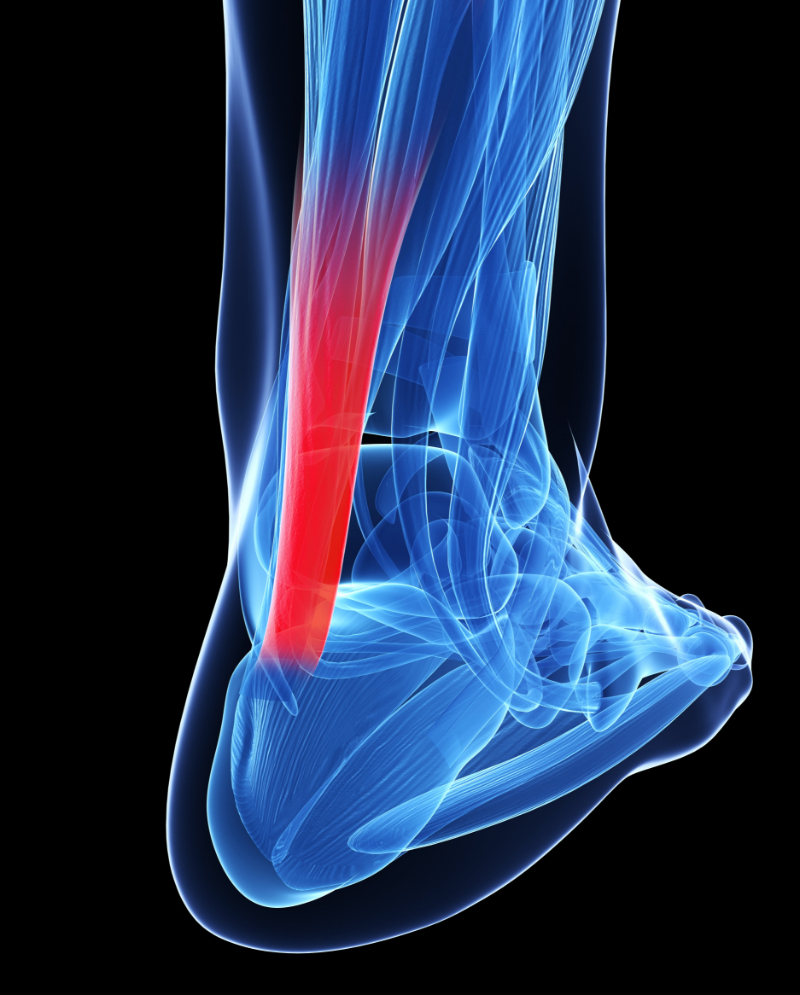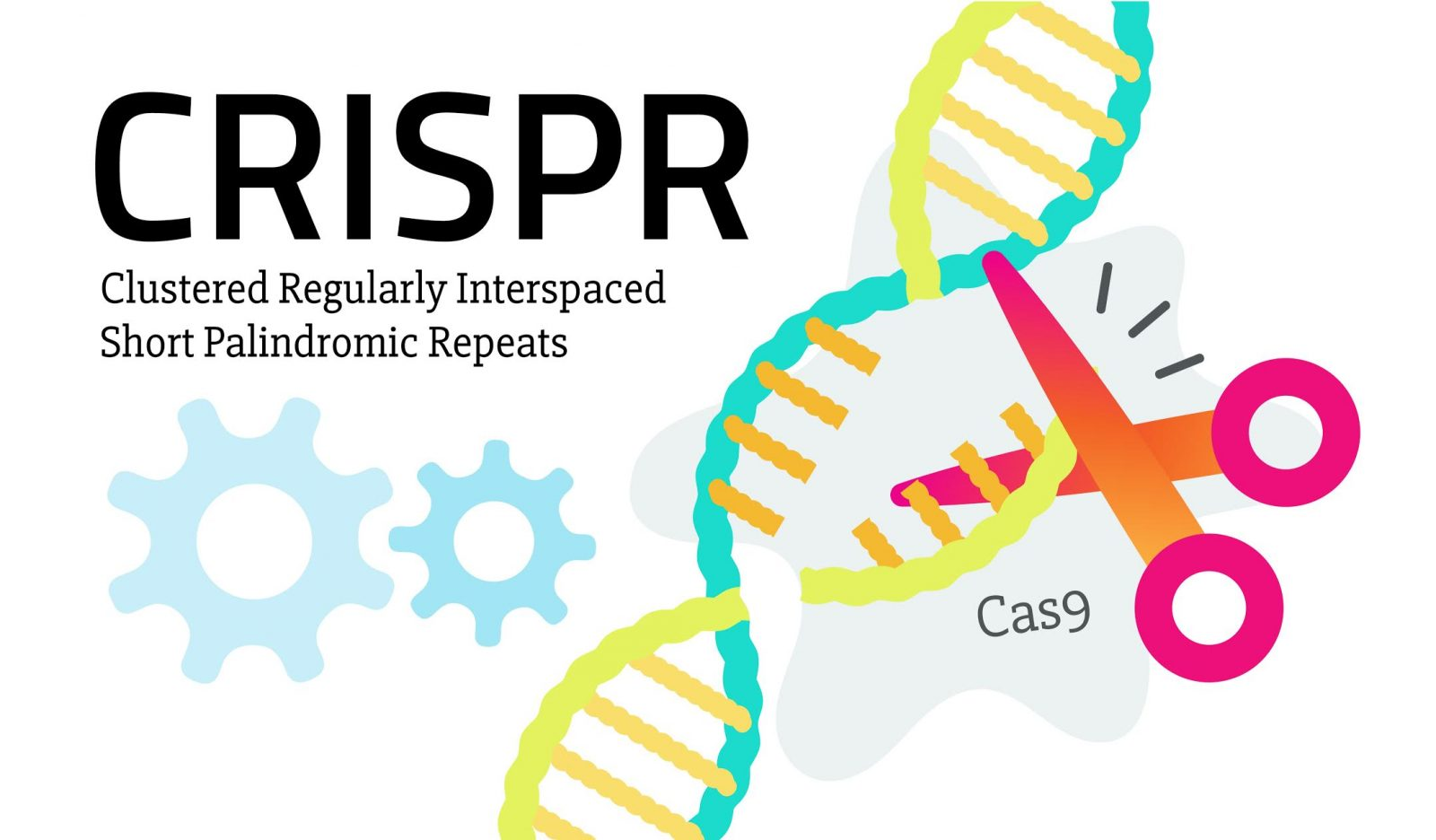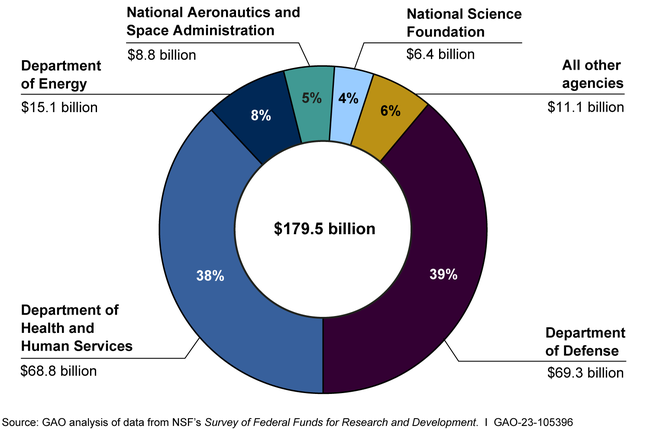Health tracking has emerged as a vital tool in understanding the intricate processes of memory formation and the neurological mechanisms that underpin learning. By systematically monitoring health parameters, researchers can gain insights into how synaptic plasticity affects the brain’s ability to adapt and respond to new information. This innovative approach not only aids in the study of typical cognitive functions but also offers promising pathways for developing treatments for neurological disorders, particularly dementia. The ability to visualize these processes at a molecular level enhances our grasp of how memories are formed, revealing the complexities involved in synaptic interactions. With advancements in health tracking techniques, the future holds immense potential for uncovering strategies that can improve cognitive health and address debilitating memory-related conditions.
Tracking our well-being has taken on new meanings in recent years, especially concerning the understanding of cognitive functions and memory. This concept extends to the meticulous observation of biological data that reveals how our brains learn and form memories, often shedding light on the connections disrupted by various disorders. Alternative phrases such as health monitoring and wellness assessment encompass the proactive steps we can take to understand increasingly intricate brain dynamics. Such explorations provide not only a clearer view of memory processes but also highlight the implications for working towards effective treatments for conditions like Alzheimer’s disease, where memory degradation is a significant concern. By integrating these methods into cognitive research, we pave the way for innovative therapies aimed at enhancing synaptic communication and overall brain health.
Understanding the Mechanisms of Memory Formation
Memory formation is a complex process that involves intricate interactions between neurons and synapses in the brain. Recent breakthroughs in neuroscience have provided us with a better understanding of how these mechanisms operate. The concept of synaptic plasticity is foundational to this understanding; it refers to the ability of synapses to strengthen or weaken over time, in response to increases or decreases in their activity. This dynamic process underlies our learning capabilities and the storage of memories, whether they are fleeting moments or lifelong experiences.
At the heart of synaptic plasticity are the proteins known as AMPARs (alpha-amino-3-hydroxy-5-methyl-4-isoxazolepropionic acid receptors), which play a crucial role in mediating synaptic responses. Advanced techniques, like the EPSILON method developed by the Harvard research team, have allowed scientists to observe these proteins’ movements within neurons in real time. This unprecedented insight is shedding light on the rules governing memory formation, thus offering a glimpse into the neurological processes that define our learning and memory capabilities.
Health Tracking and Neurological Disorders
Health tracking technologies are becoming increasingly vital in monitoring neurological health and understanding disorders like dementia. These tools can aid in documenting behavioral and cognitive changes over time, providing invaluable data for researchers and clinicians. For example, by integrating health tracking with the techniques used to monitor synaptic plasticity, we could gain insights into how cognitive decline manifests at the molecular level. This integration holds promise for early diagnosis and intervention in neurological conditions.
Moreover, as researchers utilize advanced health tracking methodologies, they can unravel the relationship between lifestyle factors and cognitive health. By monitoring physical activity, dietary habits, and sleep patterns, we can identify potential risk factors for developing disorders like Alzheimer’s disease. This proactive approach is not only beneficial for individuals but also opens up avenues for developing targeted therapies based on specific health tracking data, thereby optimizing treatment plans for patients with neurological disorders.
Exploring Synaptic Plasticity in Learning Processes and Memory Storage
Synaptic plasticity serves as the foundation for learning processes, enabling the brain to adapt and store memories efficiently. Each time we learn something new, changes occur at the synapse level, reinforcing the connection between neurons responsible for that newfound knowledge. The process encompasses both long-term potentiation (LTP) and long-term depression (LTD), mechanisms that respectively strengthen and weaken synaptic connections. Understanding these processes is crucial in unpacking the complexities of memory storage and retrieval.
Innovative imaging techniques, such as those utilized in the EPSILON study, allow researchers to observe the dynamics of synapses in real-time, offering a clearer picture of how memories are formed and maintained. For instance, the precise monitoring of AMPARs provides insight into how certain memories can become ingrained while others fade away. This knowledge is imperative when considering future dementia treatments, as it forms the basis for devising interventions that bolster memory and cognitive function in aging populations.
Advanced Techniques in Neuroscience Research
The advancement of neuroscience research heavily relies on innovative techniques that push the boundaries of our understanding of brain functions. The EPSILON technique, for instance, exemplifies how cutting-edge methodologies can provide detailed insights into synaptic behavior. By utilizing advanced fluorescent labeling and microscopy, researchers are able to visualize and analyze the synaptic interactions crucial for memory formation with a level of detail that was previously unattainable.
Such techniques play an integral role in exploring the underlying causes of neurological disorders, offering hope for developing effective treatments. By examining how synaptic plasticity is disrupted in conditions like dementia, researchers can identify potential targets for therapeutic intervention. As the field continues to evolve, embracing new technologies will be essential in solving the complex puzzles of memory, learning, and cognition.
The Role of AMPARs in Learning and Memory
AMPARs are integral to the process of synaptic plasticity and play a pivotal role in how we learn and store memories. These receptors are responsible for mediating fast synaptic transmission in the brain, facilitating communication between neurons. When we learn something new, AMPARs undergo changes in their location and function that enable stronger synaptic connections, which are essential for memory retention.
Understanding the behavior and trafficking of AMPARs is crucial for developing strategies to counteract memory loss associated with neurological disorders. Neuroscientific studies utilizing the EPSILON technique have shown how tracking these receptors can provide insight into specific moments of synaptic strengthening, which are key to forming lasting memories. This line of research opens up possibilities for innovative treatments aimed at preserving or enhancing cognitive function in diseases where synaptic integrity is compromised.
Future Directions in Synaptic Research
As neuroscientific research continues to unveil the complexities of synaptic function, future directions are likely to focus on the application of techniques like EPSILON in various cognitive contexts. Mapping the nuances of synaptic plasticity over multiple time points can illuminate how different types of memories correspond with distinct patterns of neuronal activity. This understanding could pave the way for breakthroughs in targeting therapeutic strategies for a wide array of memory-related disorders.
Additionally, the community of scientists utilizing EPSILON and similar tools stands to benefit from collaborative efforts across institutions worldwide. Sharing findings and methodologies can accelerate the pace of discovery in the field of neuroscience. By broadening the scope of research to include diverse cognitive phenomena, researchers can develop a more comprehensive understanding of the brain’s architecture, facilitating advancements in treatments that enhance memory and learning capabilities.
Synaptic Dysfunction and Alzheimer’s Disease
Synaptic dysfunction is a hallmark of Alzheimer’s disease, where impaired synaptic plasticity leads to significant memory loss and cognitive decline. Research into the molecular mechanisms underlying this dysfunction has revealed that abnormalities in AMPAR trafficking can disrupt normal signaling at synapses, ultimately affecting memory formation. Techniques like EPSILON enable researchers to visualize these critical changes, providing deeper insights into how Alzheimer’s disrupts learning processes.
By understanding the specific alterations in synaptic behavior associated with Alzheimer’s, we pave the way for potential treatment avenues. Therapies aimed at targeting AMPARs or enhancing synaptic plasticity could prove beneficial in restoring cognitive function and improving the lives of those affected by dementia. Continued exploration into synaptic dynamics is essential in the fight against neurological disorders, connecting basic research to real-world applications in patient care.
The Importance of Basic Research in Neuroscience
Basic research serves as the foundation for all advancements in neuroscience, offering insights into the fundamental principles that govern brain function. The discoveries made in this area often lead to the development of novel techniques and methodologies that can then be applied to address real-world medical challenges. For instance, the ongoing study of synaptic plasticity and its relationship to memory formation is crucial for uncovering potential therapeutic targets for treating disorders like dementia.
Researchers like Adam Cohen highlight the long-term benefits of investing in basic science, as it can generate knowledge that transcends individual studies. The process from basic discovery to practical application is lengthy, but each step fuels the next, driving innovation and ultimately improving human health. As we continue to support and invest in basic research, the potential for groundbreaking therapies in cognitive health becomes more achievable.
Potential Therapeutic Innovations from Synaptic Research
The insights gained from synaptic research are not only crucial for understanding the mechanics of memory but also for developing innovative therapeutic strategies. By identifying the molecular pathways involved in synaptic plasticity, researchers can begin to formulate targeted interventions that enhance memory formation or repair synaptic functioning in individuals suffering from cognitive decline. Focused strategies could include pharmacological treatments aimed at modulating AMPAR activity to improve synaptic transmission.
Moreover, as researchers share their findings and technologies, like EPSILON, the pace of discovering new therapeutic approaches accelerates. The cross-pollination of ideas across laboratories worldwide can lead to novel interventions tailored to specific types of memory impairment or neurological disorders. Such collaborative efforts will be essential in devising comprehensive care strategies that transform our approach to treating cognitive diseases.
Frequently Asked Questions
How does health tracking relate to memory formation in the brain?
Health tracking can provide insights into how memory formation occurs by monitoring neurological changes over time. By using techniques that map synaptic plasticity, researchers can understand how memories are formed and retained, shedding light on aspects of health related to cognitive functions.
What role do neurological disorders play in health tracking research?
Neurological disorders are pivotal in health tracking research as they often involve disruptions in learning processes and memory. Tracking health metrics can help identify the progression of diseases like dementia, facilitating earlier diagnosis and intervention.
How does synaptic plasticity influence health tracking outcomes?
Synaptic plasticity is essential for learning and memory storage, making it a focal point in health tracking. By assessing changes in synaptic connections, researchers can correlate health data with cognitive performance, leading to more effective dementia treatments.
In what ways can health tracking assist in understanding dementia treatments?
Health tracking can assist in understanding dementia treatments by providing real-time data on cognitive performance and neuronal function. This information helps identify effective interventions and track their impact on synaptic plasticity and memory recovery.
What methods are used in health tracking to study learning processes?
Health tracking methods, such as fluorescence microscopy and molecular imaging, are used to study learning processes by illuminating synaptic behavior. These techniques can reveal patterns of synaptic strength and changes crucial for effective learning and memory retention.
How is synaptic architecture important for health tracking in cognitive health?
The synaptic architecture underlies memory formation and learning capabilities. Health tracking that focuses on synaptic structures may reveal key insights into cognitive health, helping to develop targeted therapies for conditions that affect memory.
Can health tracking improve our understanding of memory formation and retention?
Yes, health tracking enhances our understanding of memory formation and retention by providing quantitative data on synaptic interactions and changes, which are crucial for effective learning and memory processes.
What advancements in health tracking are being made in relation to cognition?
Advancements in health tracking related to cognition include the development of new monitoring techniques that allow scientists to observe synaptic activity at unprecedented resolutions, contributing to our understanding of memory-related neurological disorders.
What impact does improved health tracking have on learning and memory therapies?
Improved health tracking can significantly impact learning and memory therapies by enabling the identification of individualized treatment plans based on real-time data about a patient’s neurological function and synaptic health.
How can health tracking technologies be applied to study synaptic plasticity?
Health tracking technologies can analyze the dynamics of synaptic plasticity by monitoring protein movements involved in synaptic activity. This approach allows researchers to study how synapses adapt during learning processes.
| Key Points | Details |
|---|---|
| Groundbreaking Technique | A new method called EPSILON helps map the molecular basis of learning and memory. |
| Significance | It has potential implications for treating neurological disorders like dementia. |
| Synaptic Plasticity | The strength of neuron connections, essential for memory formation. |
| Fluorescent Labeling | Allows visual monitoring of synaptic behavior at high resolutions. |
| Research Team | Led by Adam Cohen, involving various Harvard scholars. |
| Future Applications | EPSILON may lead to better understanding and treatments for memory-related disorders. |
Summary
Health Tracking plays a critical role in understanding how learning and memory are formed. This new groundbreaking technique developed by researchers at Harvard provides insights into synaptic behavior that could lead to innovative therapies for disorders such as dementia. By highlighting key molecular interactions within the brain, the study not only advances our knowledge of memory formation but also paves the way for potential treatments that could improve cognitive health. Supporting ongoing research in health tracking methods is essential for unlocking the mysteries of the brain and enhancing human health.




